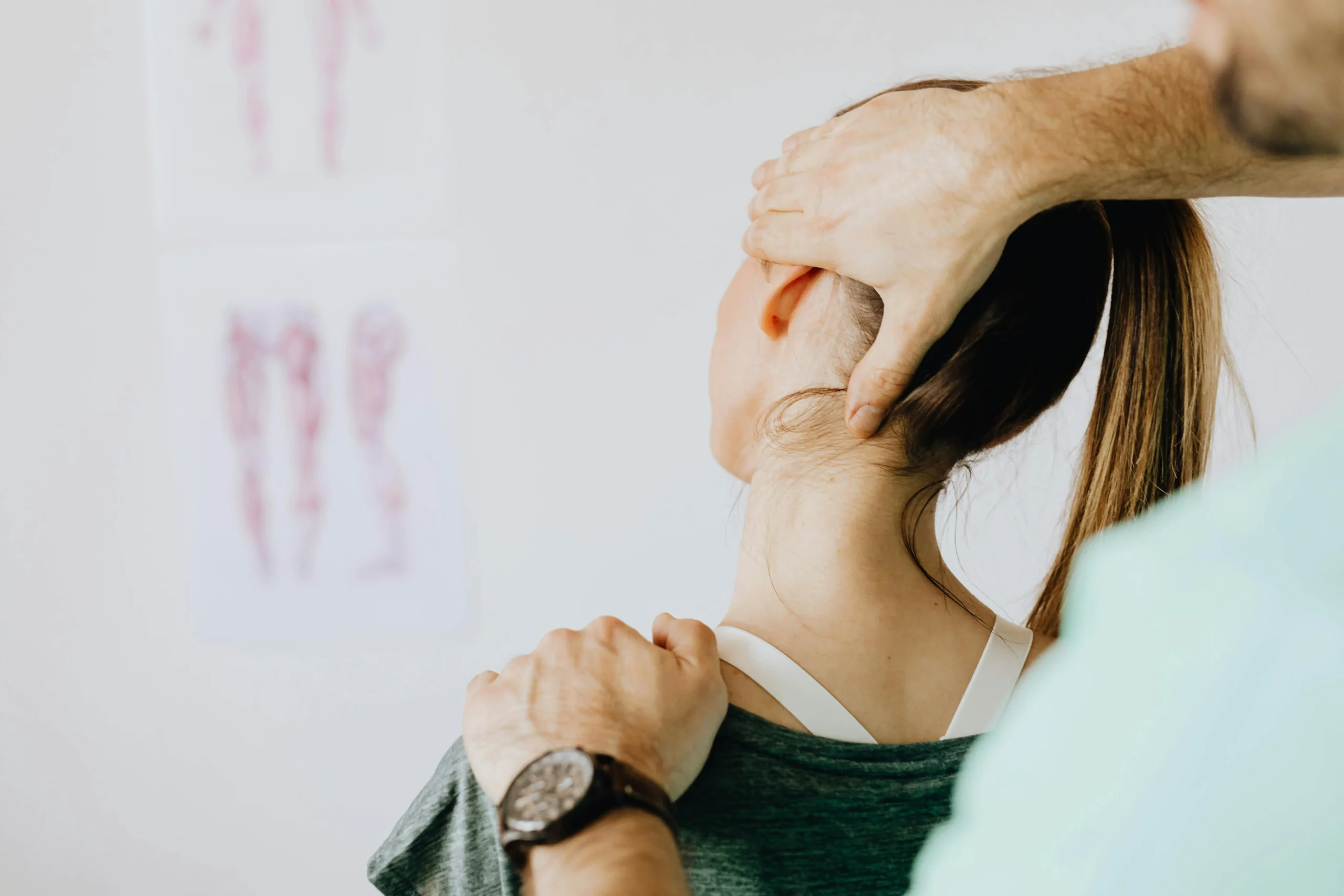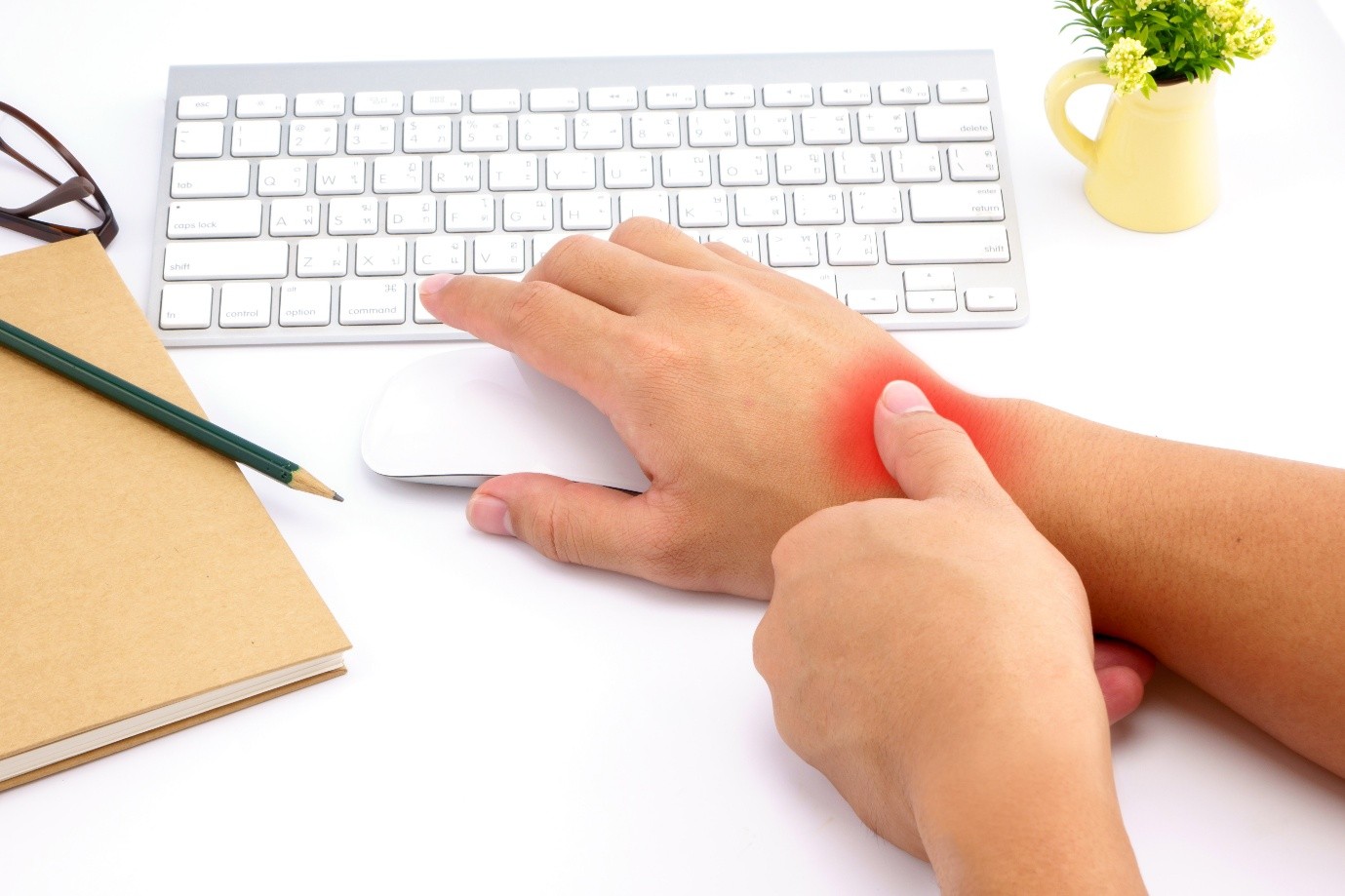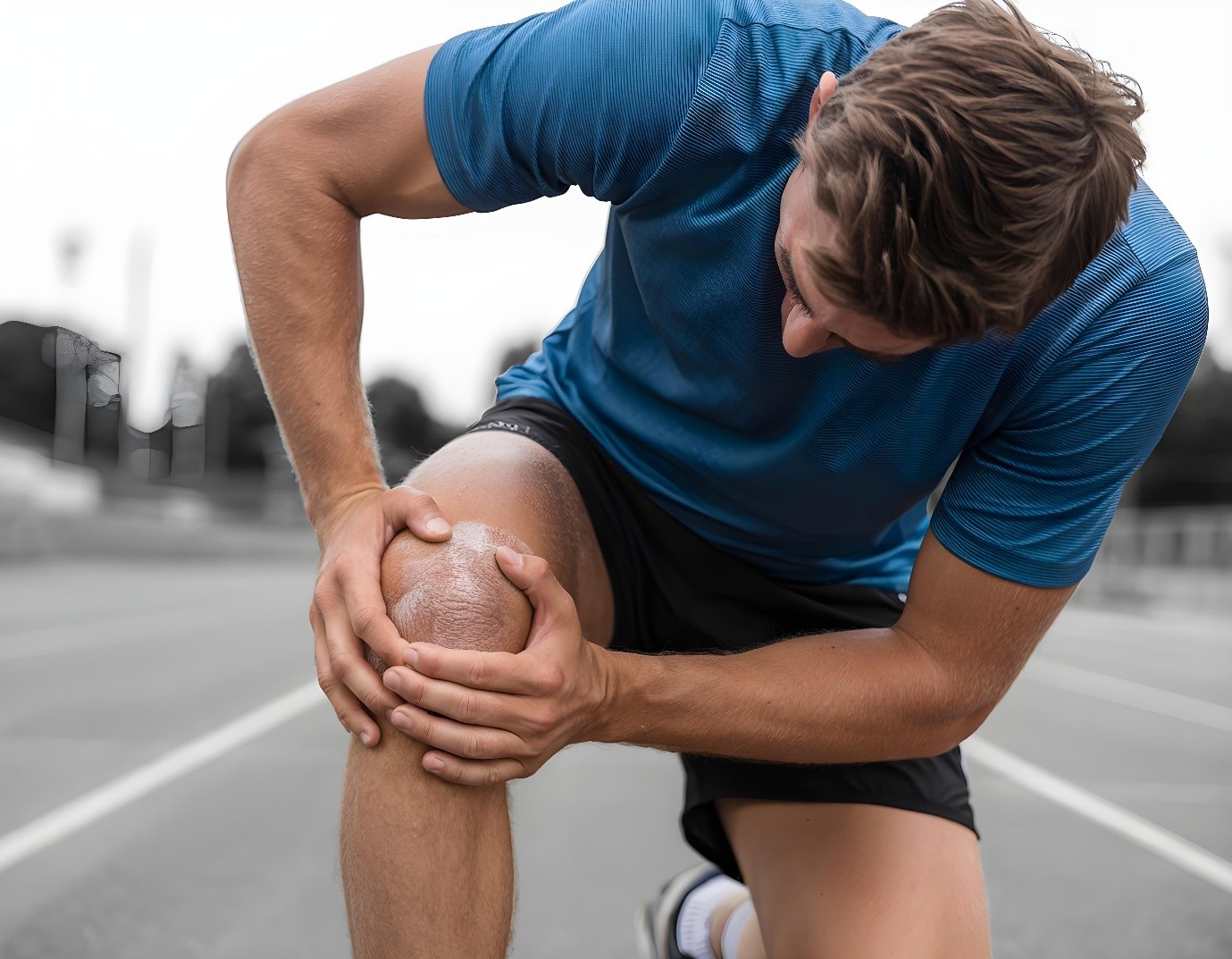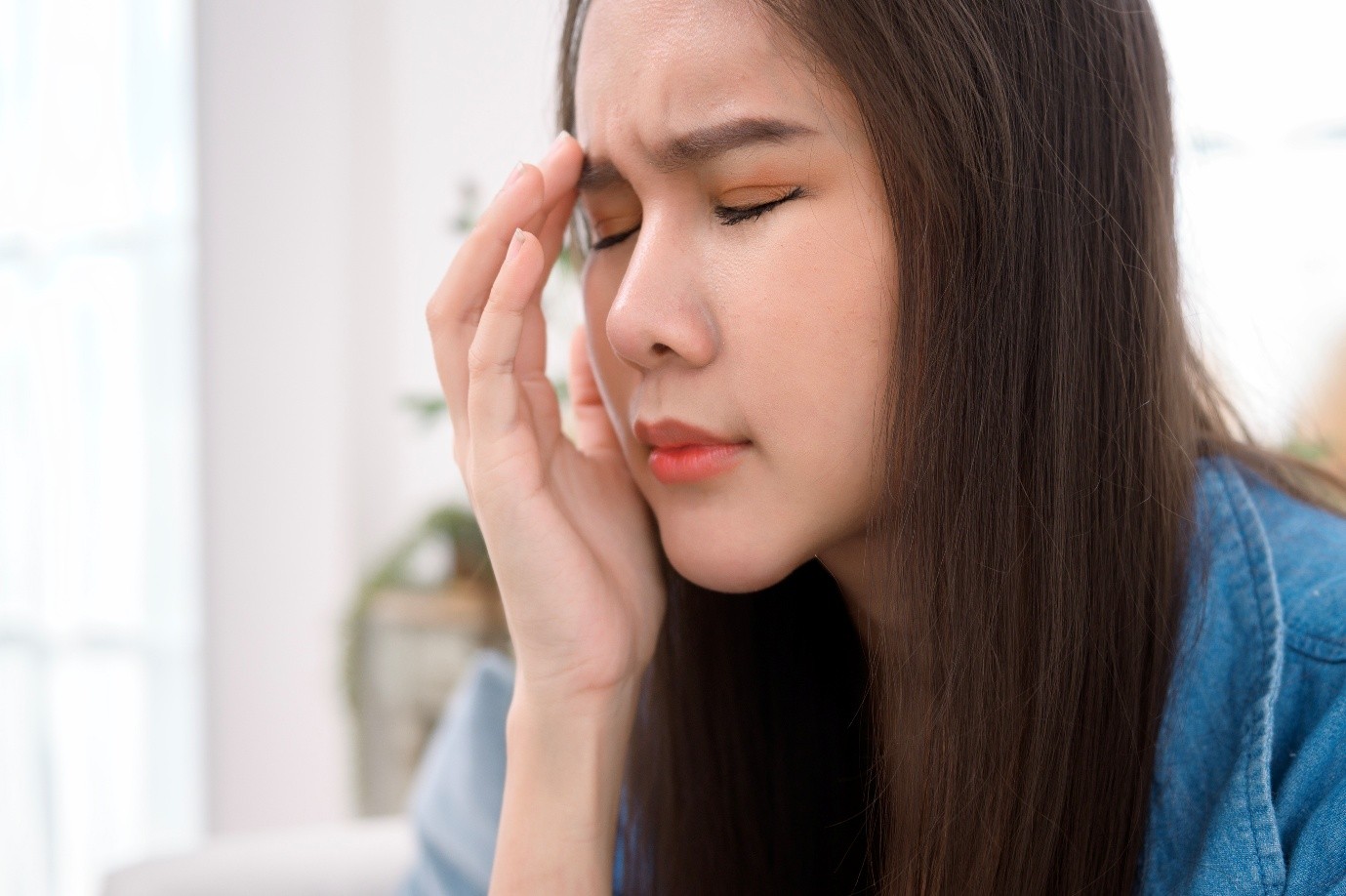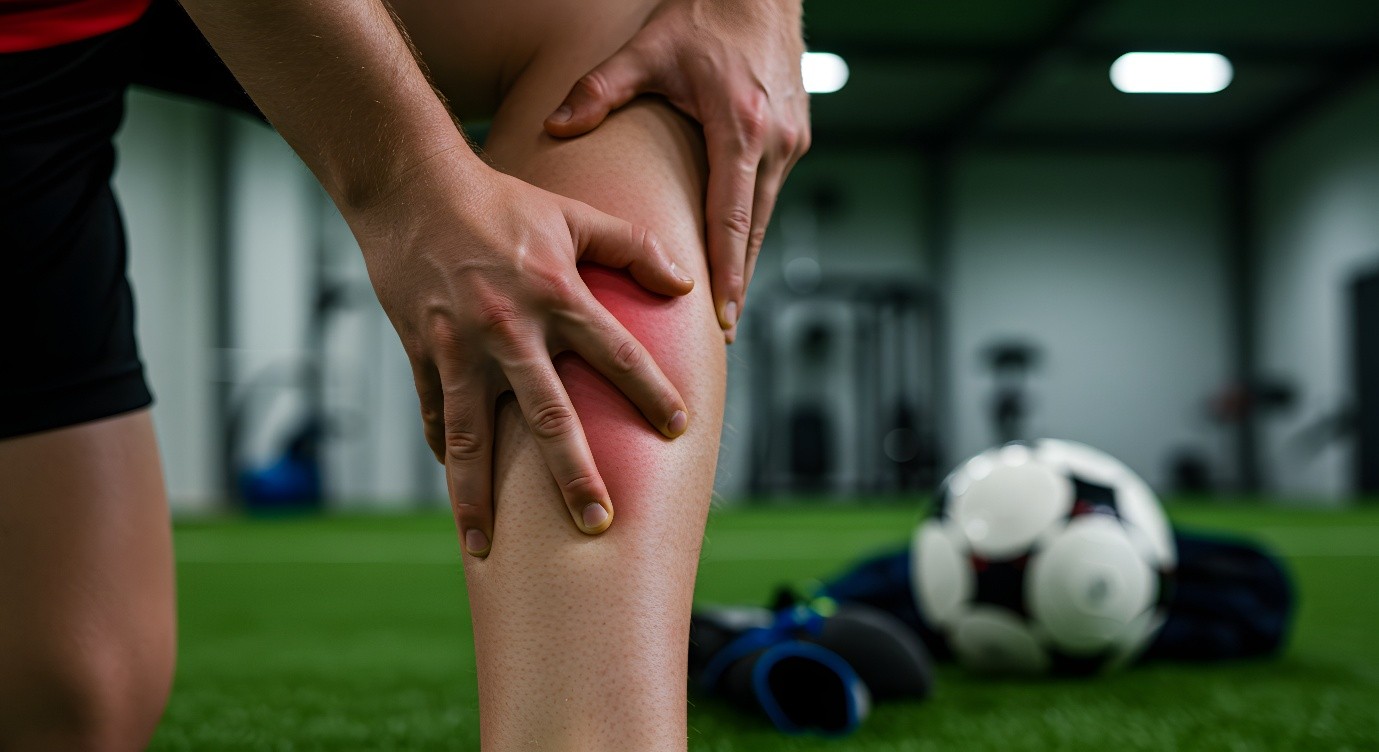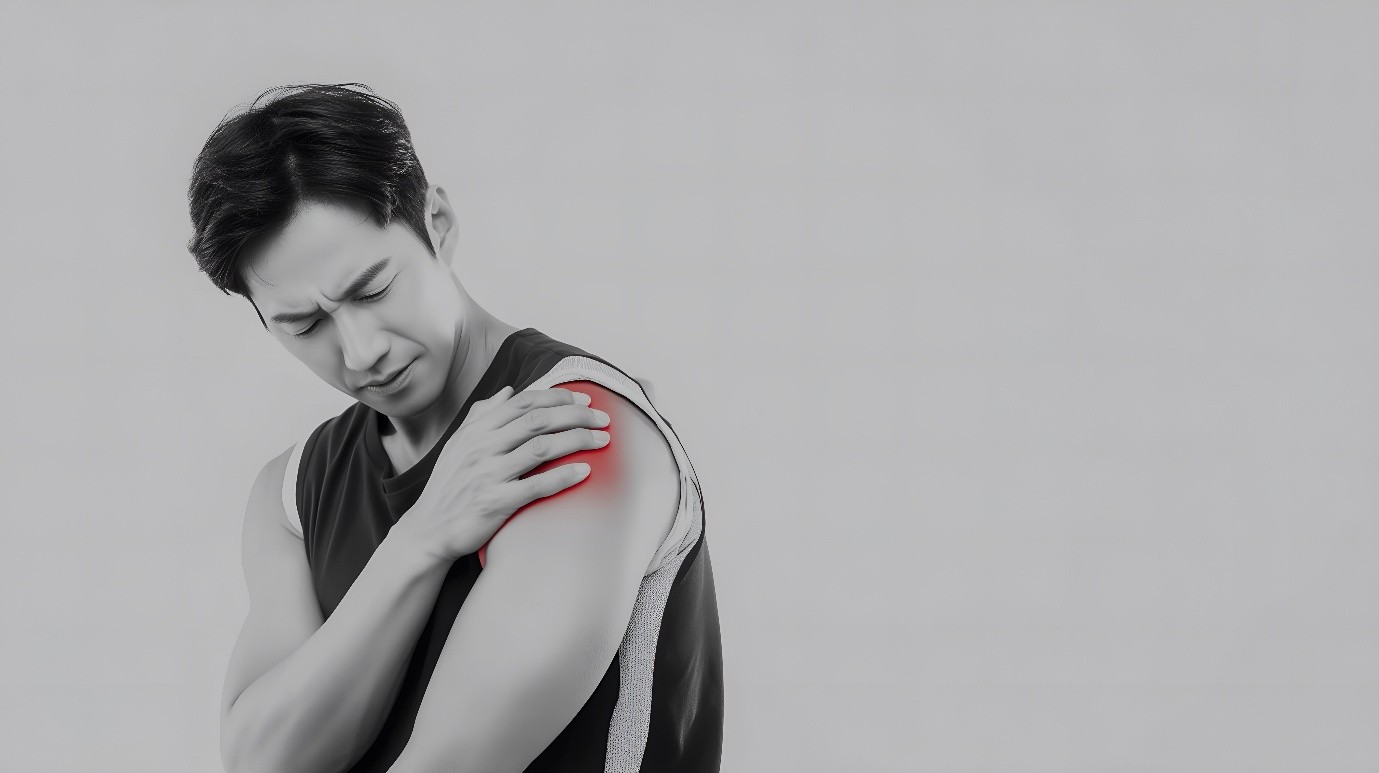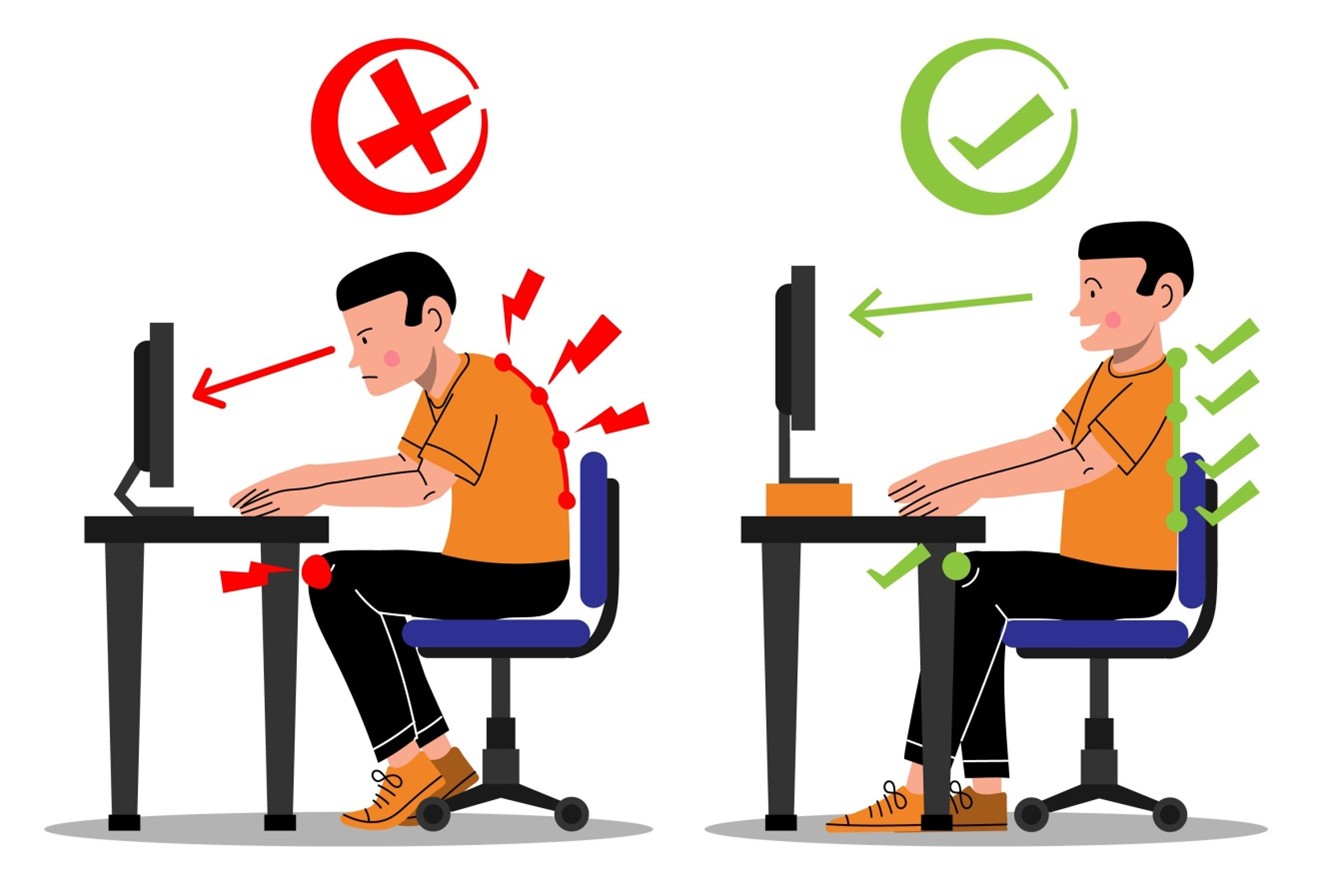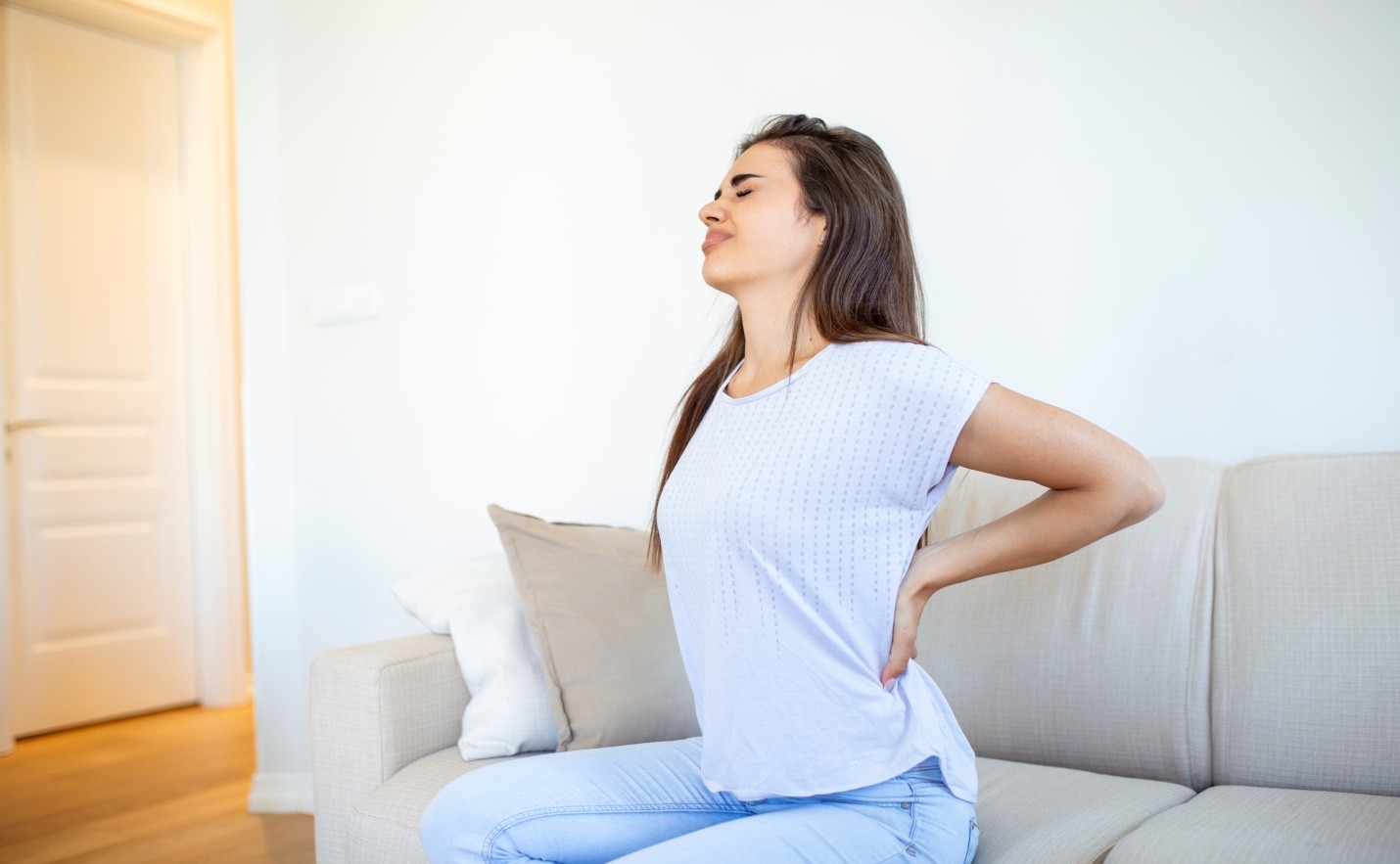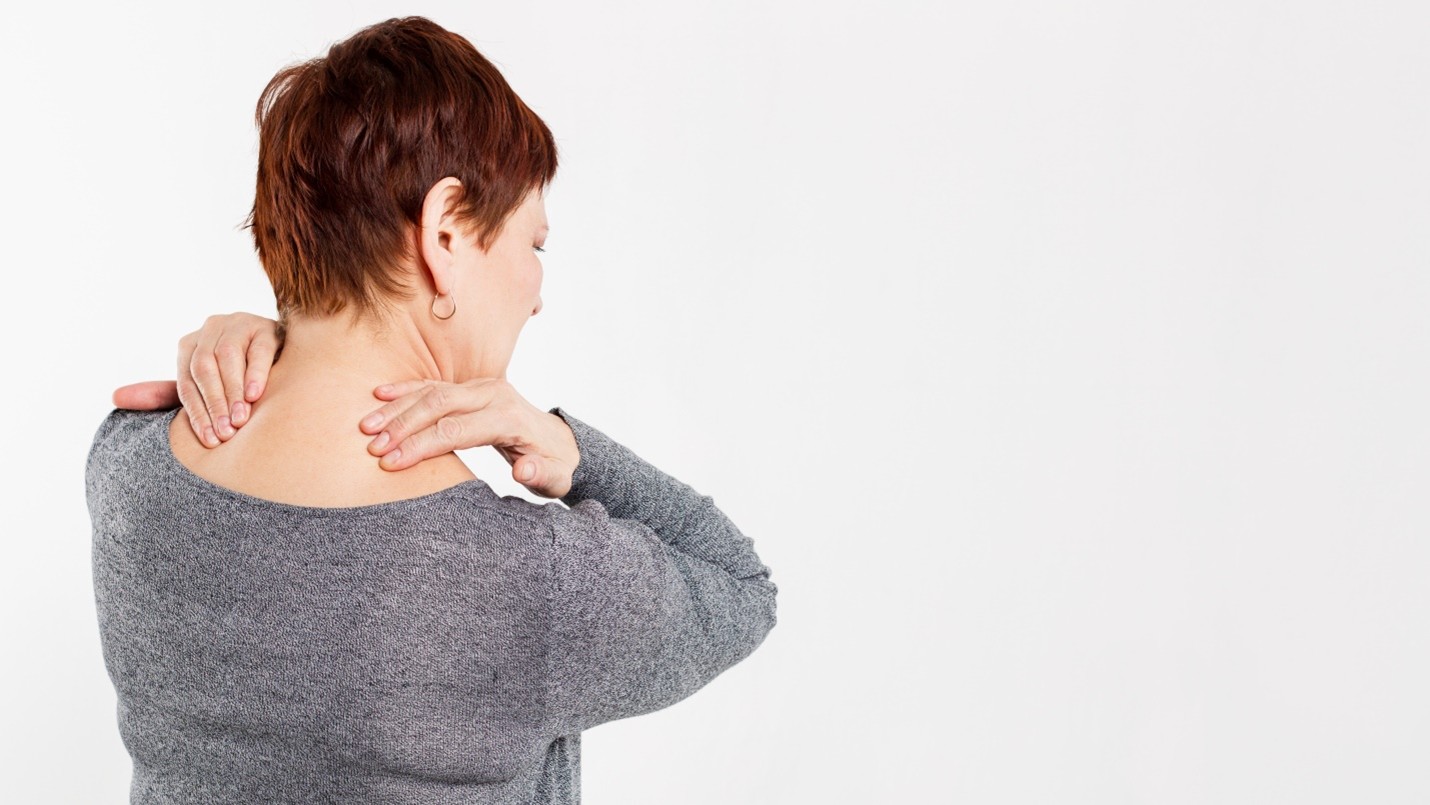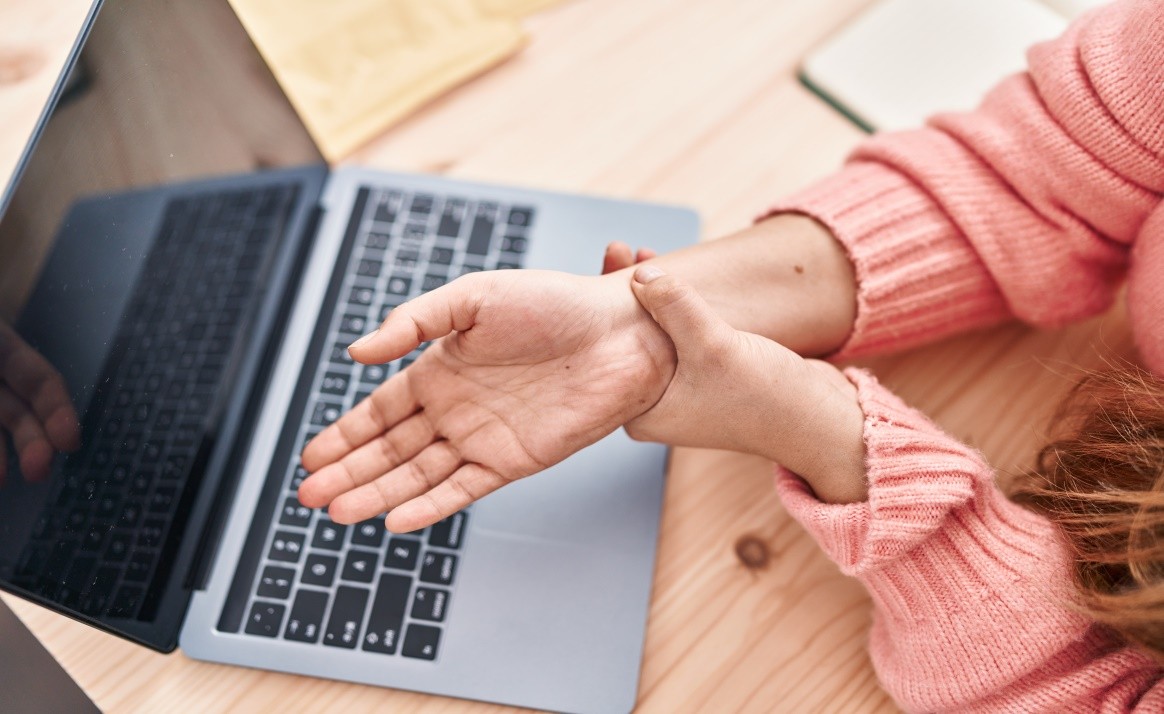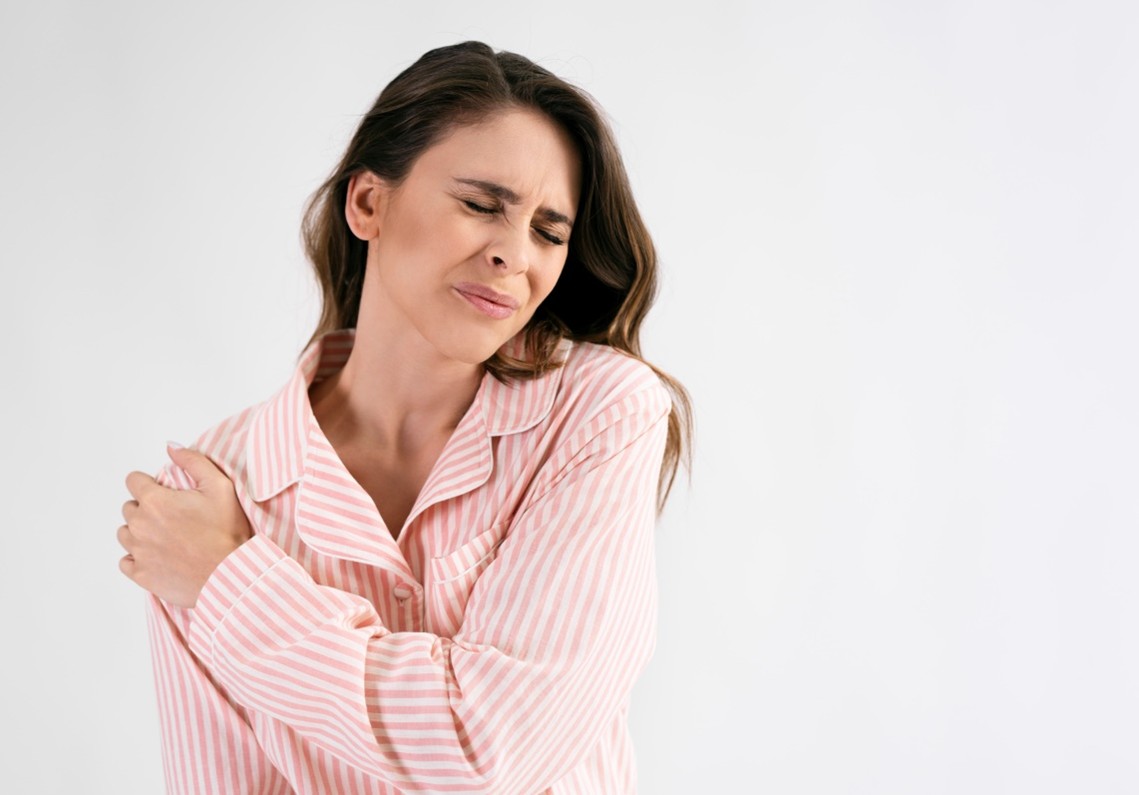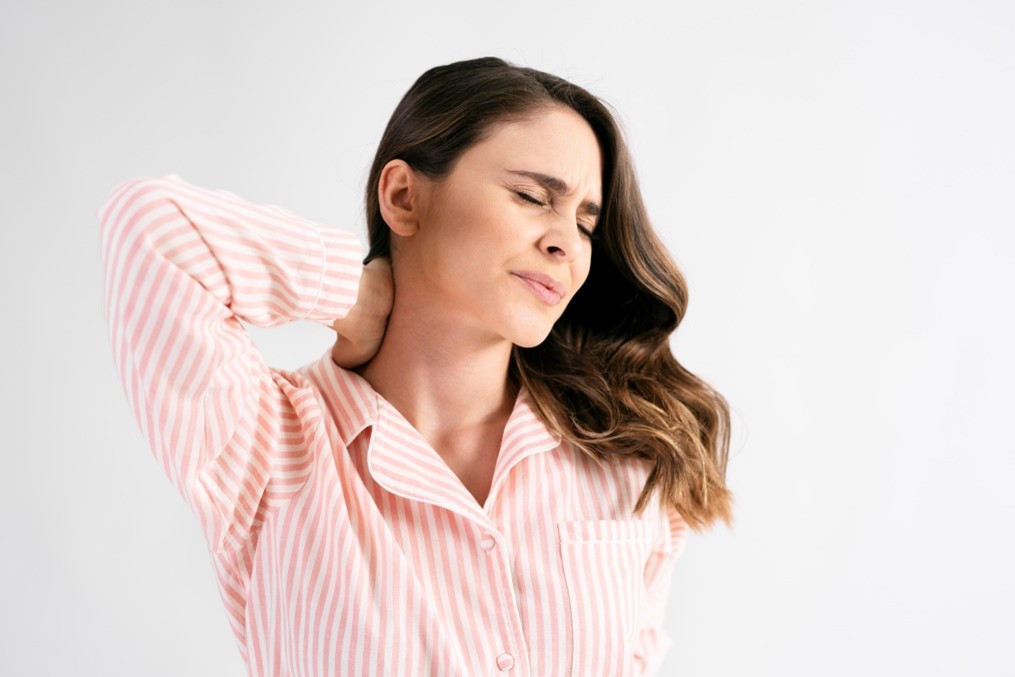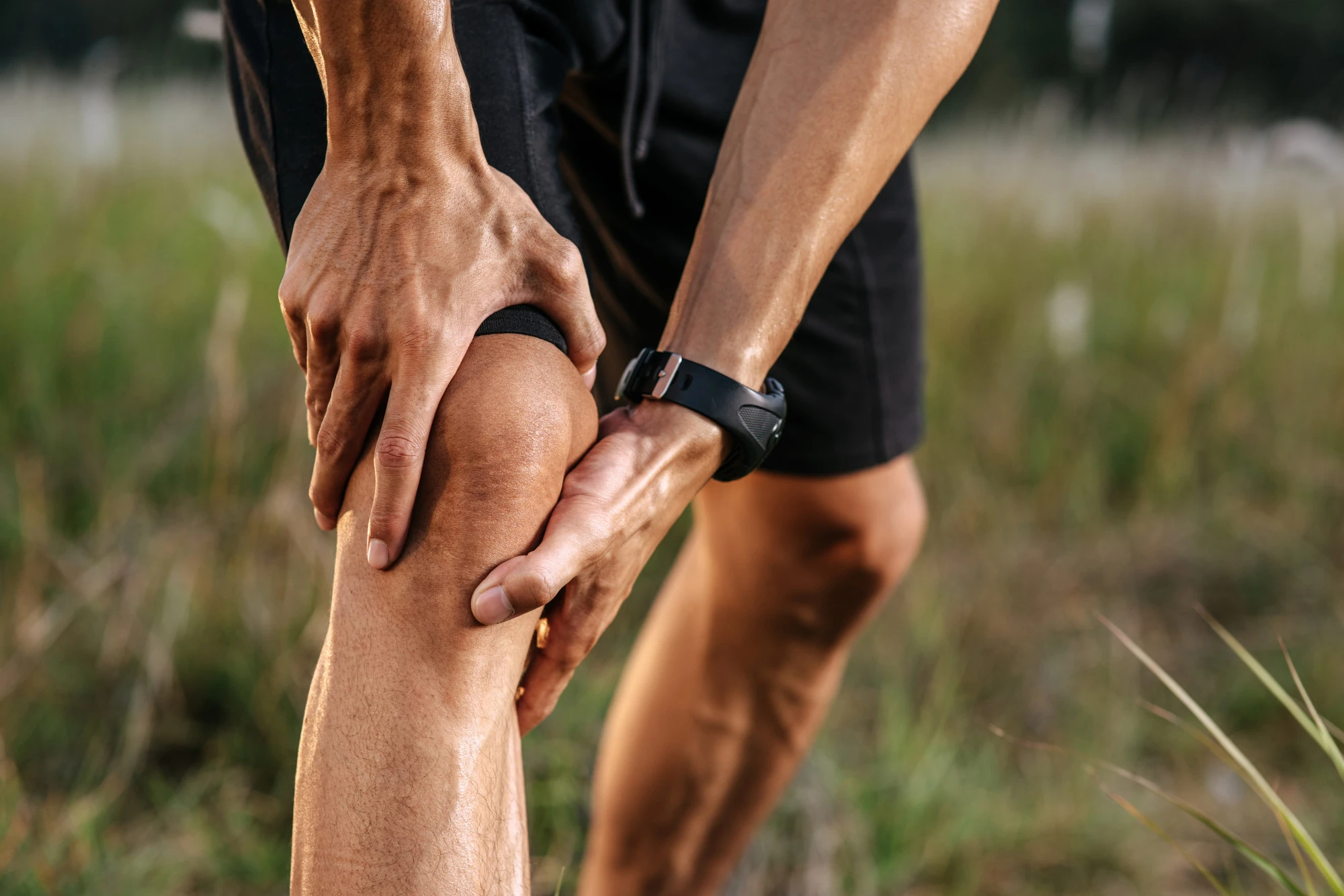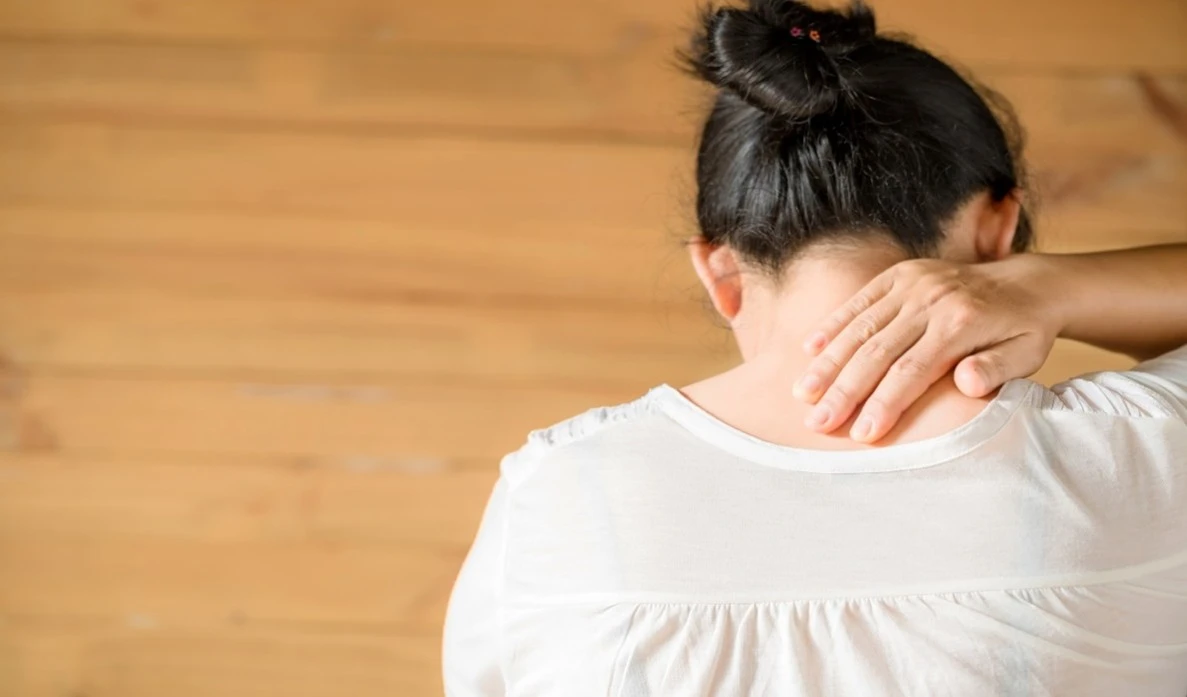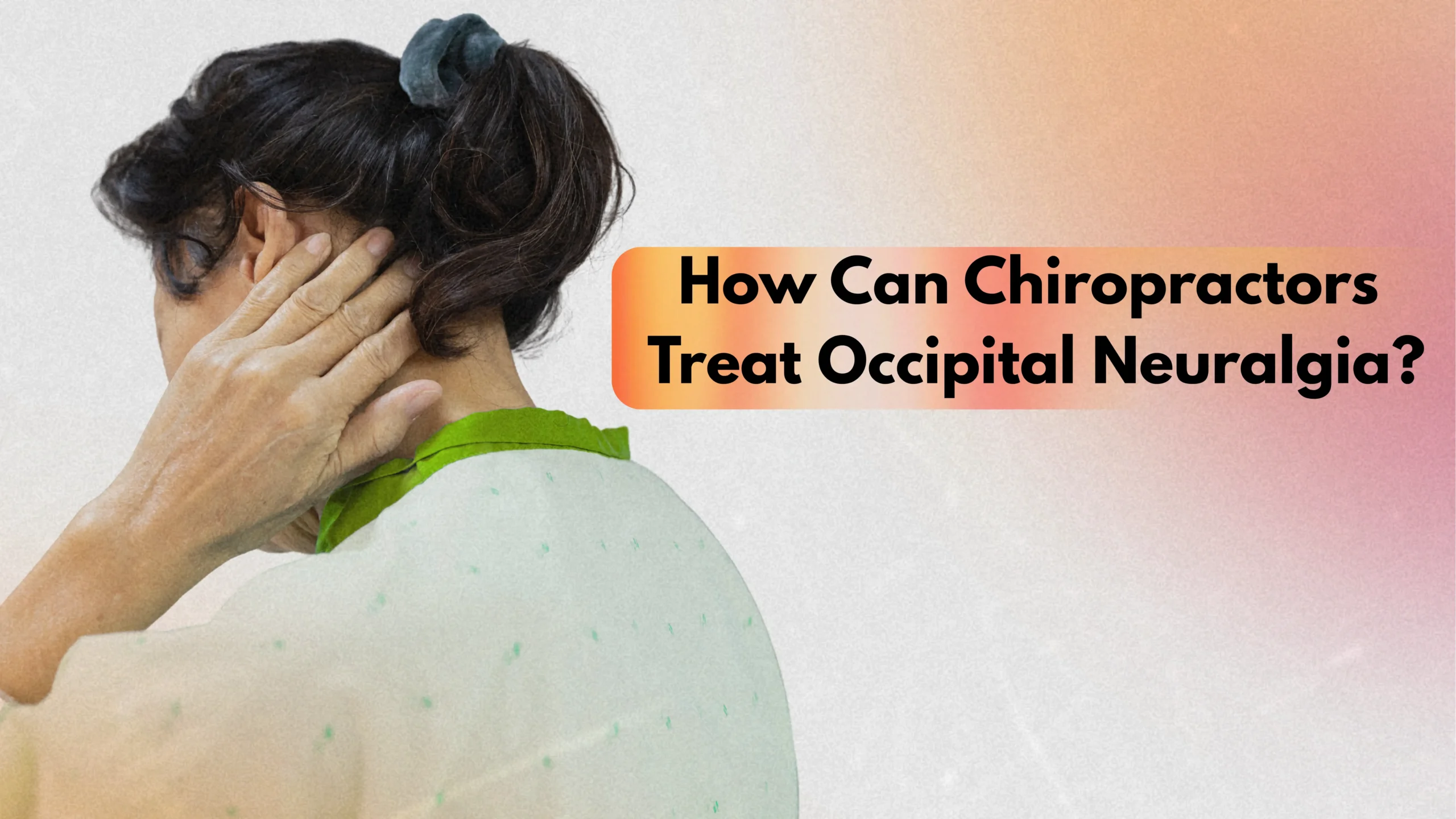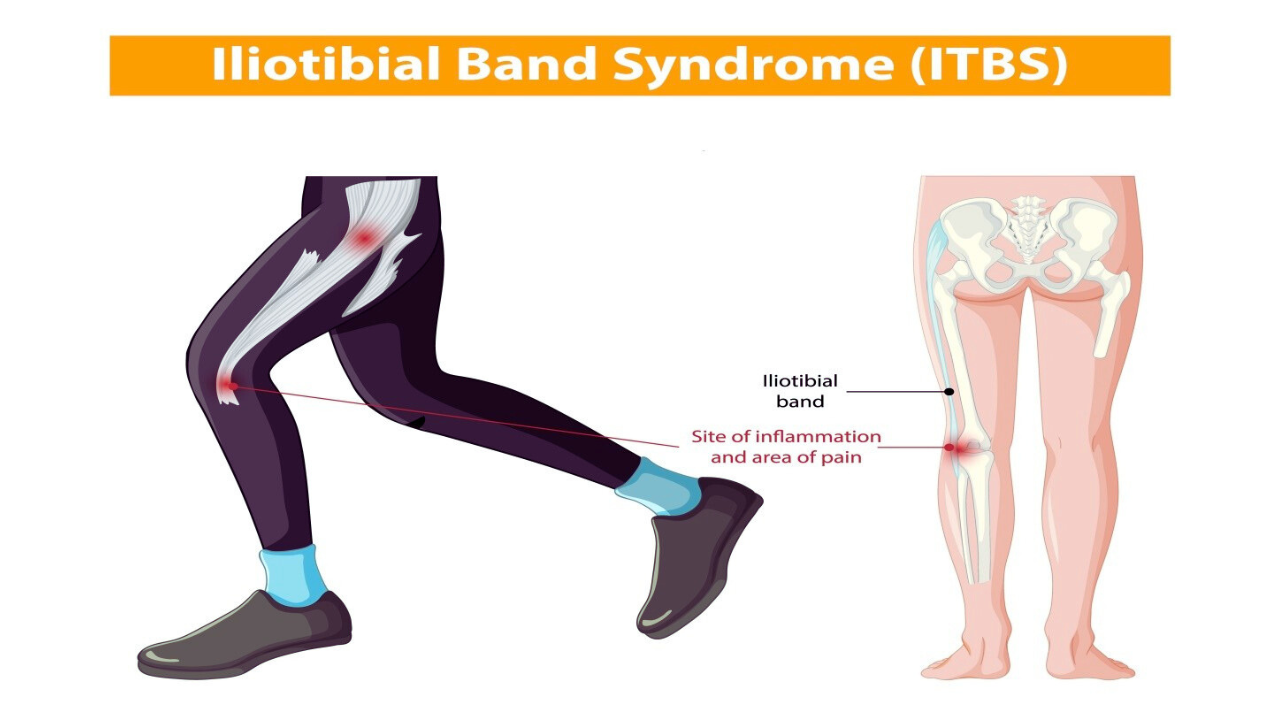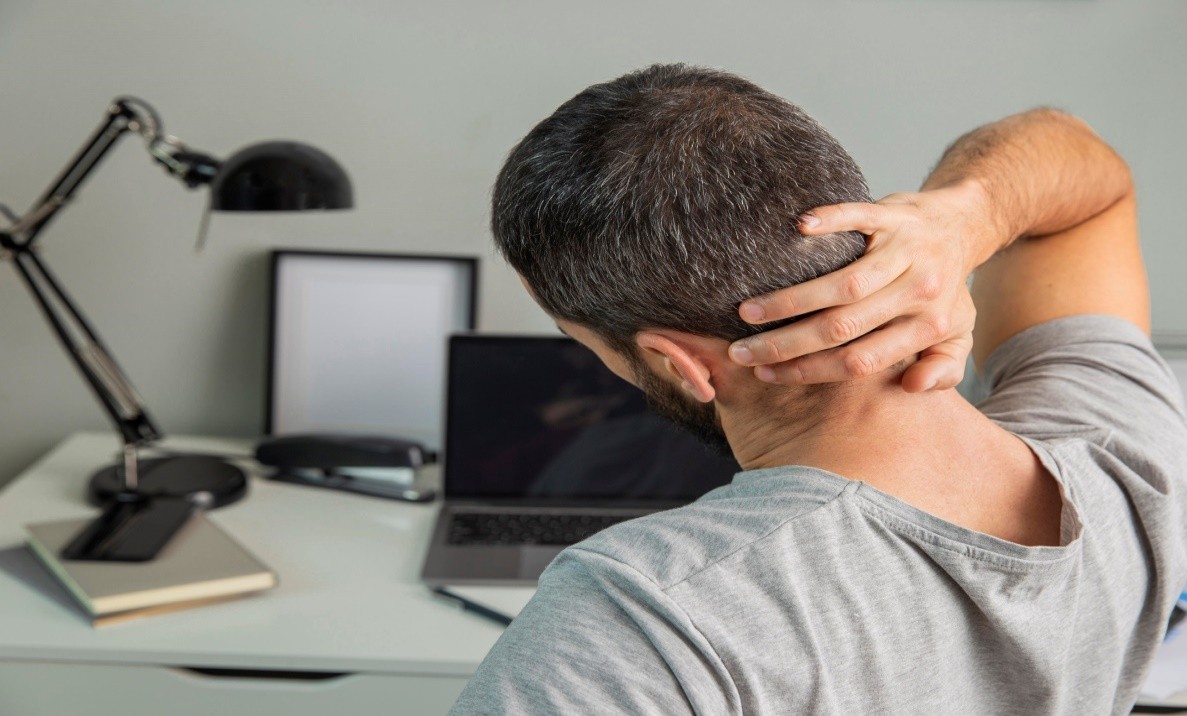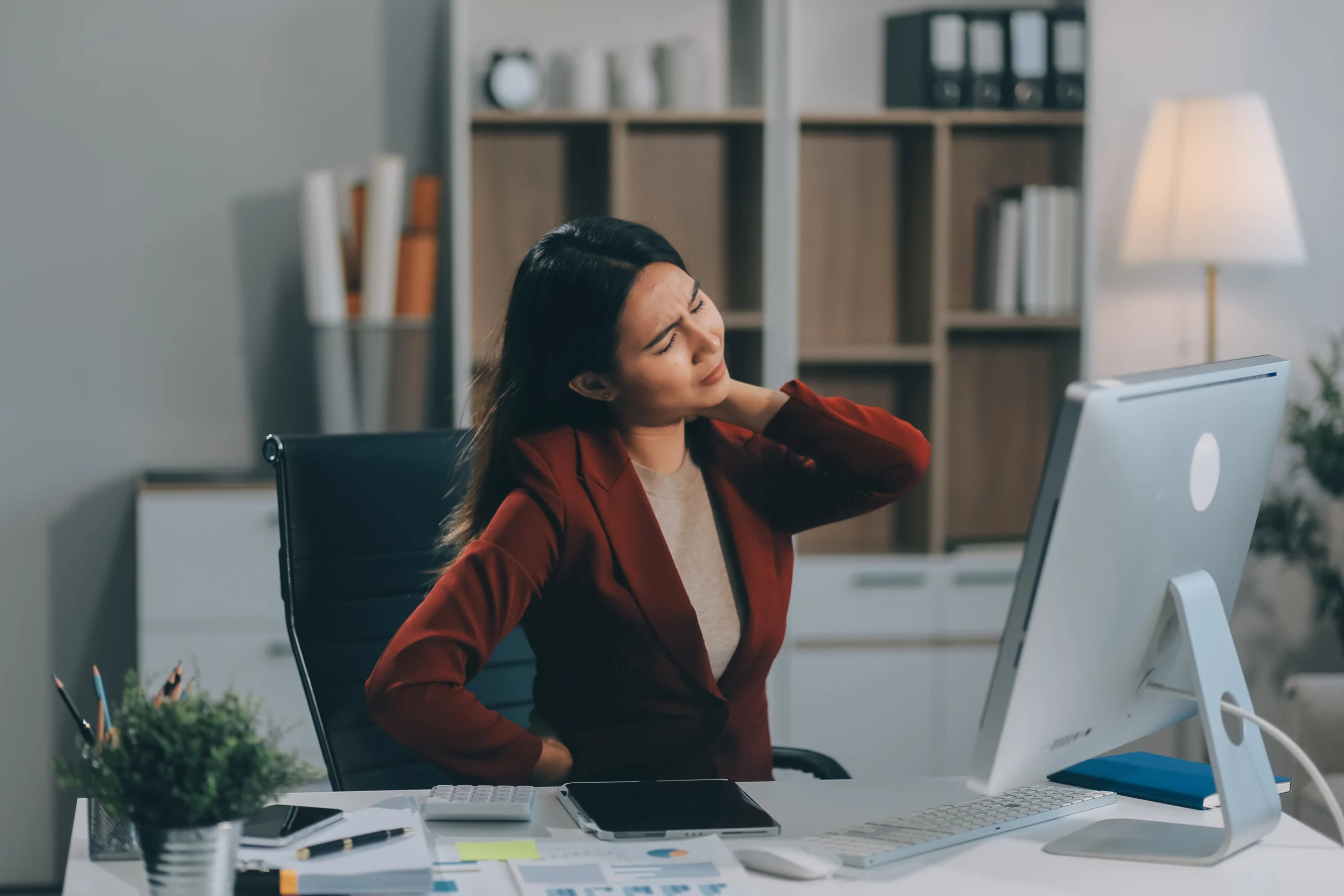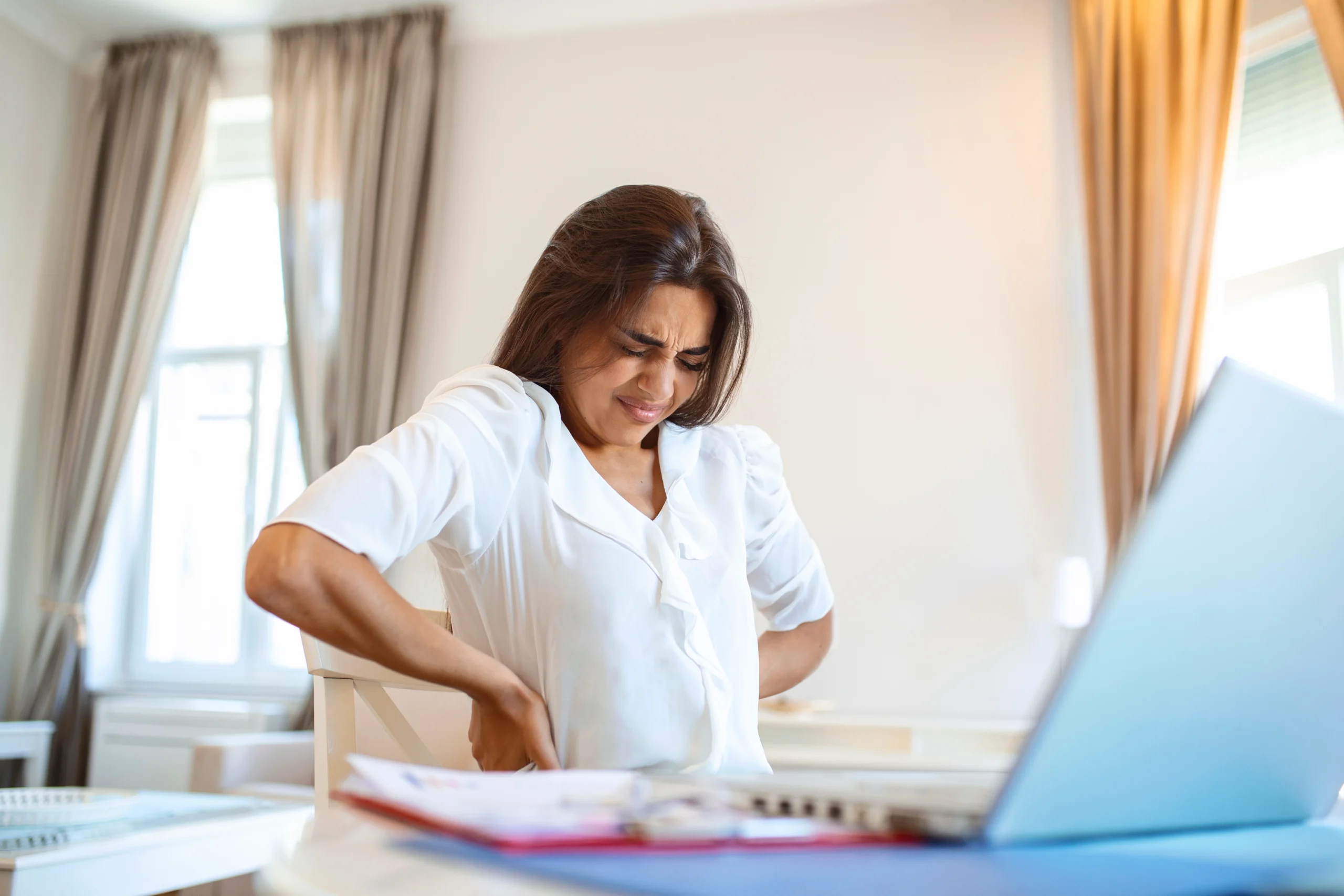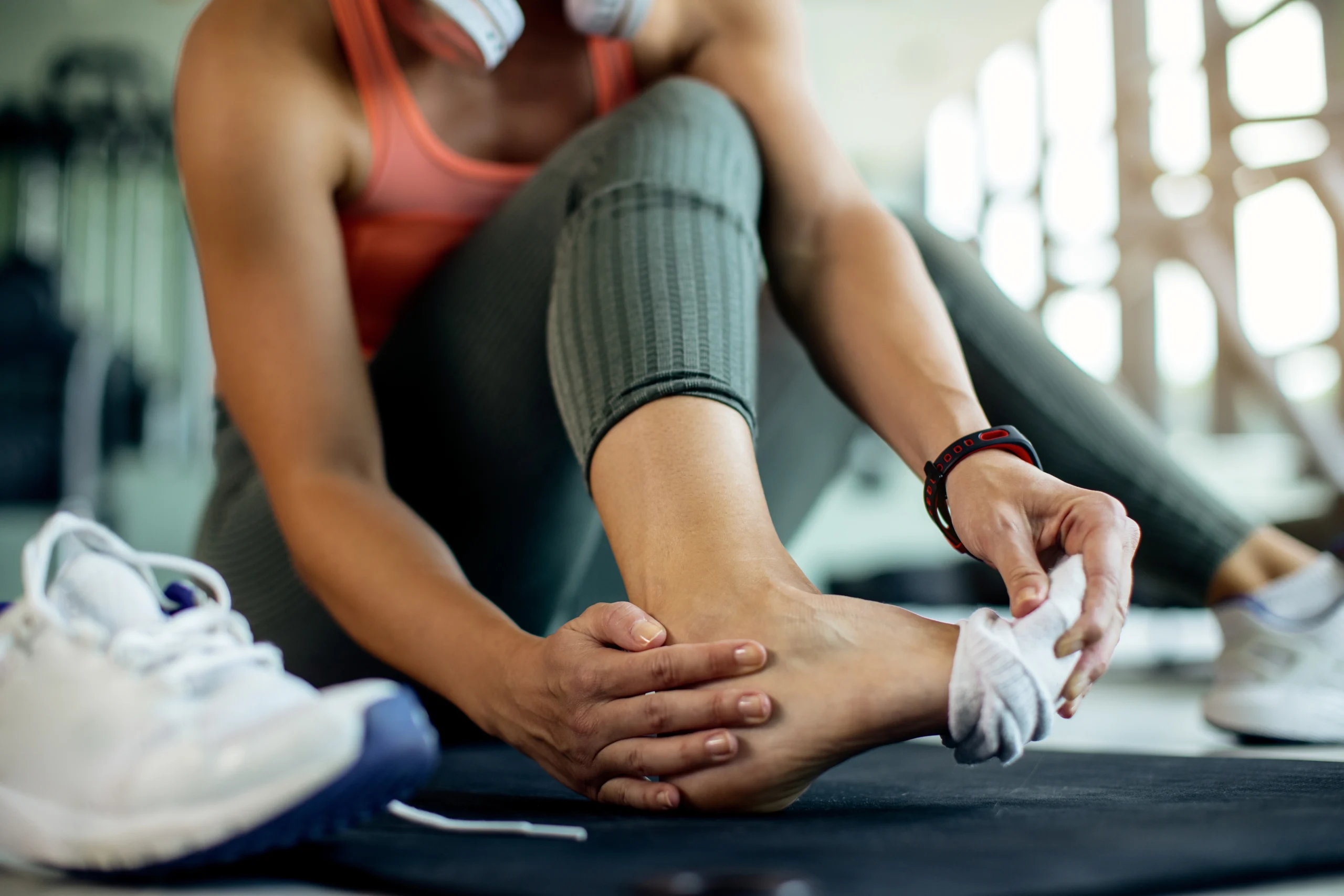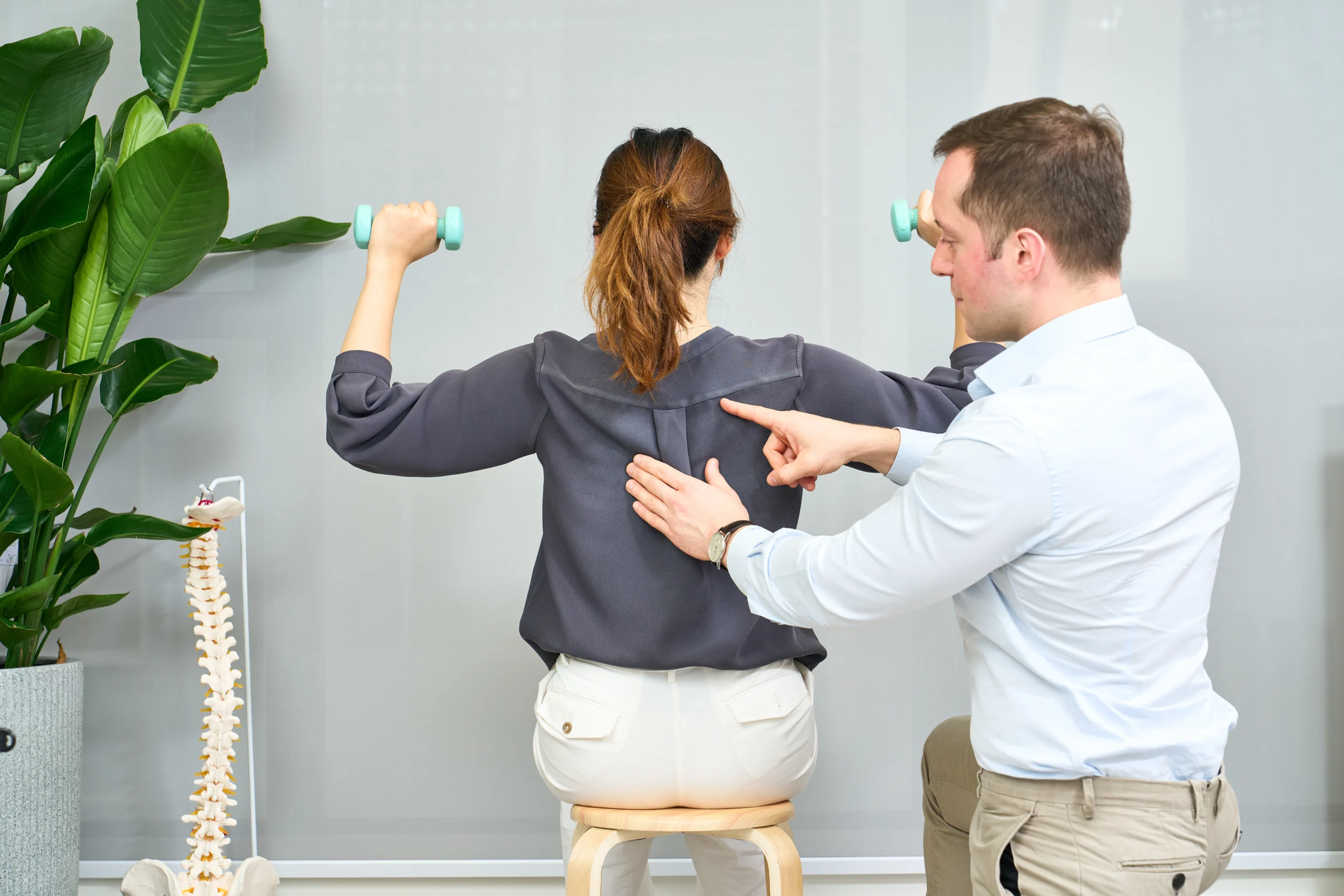Cervical spinal stenosis is a condition that affects the neck and can cause pain, weakness, and other serious symptoms. If you suffer from this condition, you may want to know the dos and don’ts. Certain habits and activities can put extra stress on your spine and can trigger symptoms, or make your existing symptoms worse. In this blog, we’ll explain what cervical spinal stenosis is, what causes it, and activities you should restrict, or avoid altogether.
What is Cervical Spinal Stenosis?
Cervical spinal stenosis is a condition where the space inside the spinal canal in the neck becomes narrow. This narrowing can put pressure on the spinal cord and the nerves around it. It can lead to symptoms like pain, weakness, or numbness in the arms and legs. If you have this condition, it’s important to avoid certain activities and habits that might make your condition worse.
What are the Causes of Cervical Spinal Stenosis?
Cervical spinal stenosis is often caused by changes in the spine that happen as we get older. This includes:
- Wear and tear from aging/ Osteoarthritis
- Herniated or slipped discs (Agape Chiropractic Hong Kong also provides treatment for herniated discs.)
- Thickened ligaments in the spine
- Facet joint hypertrophy
Symptoms of Cervical Spinal Stenosis
In some mild cases, there may be no symptoms. The symptoms usually start slowly and may get worse over time. They may include:
- Neck pain
- Numbness or weakness in the arms, hands, legs, or feet
- Trouble with walking or balance
- Problems with bladder or bowel control (in severe cases)
Things to Avoid If You Have Cervical Spinal Stenosis
Here are some things you should avoid:
- High-impact activities: Activities like running, jumping, or contact sports (e.g., football, rugby, basketball) jar the spine, increasing nerve compression and injury risk.
- Lifting heavy objects: Lifting weights over 10-15 lbs strains neck/shoulder muscles, elevating disc pressure. Avoid bending or twisting while lifting.
- Poor posture: Slouching or forward head posture (especially during desk work/phone use) narrows the spinal canal. Never cradle phones between ear and shoulder.
- Repetitive neck motions: Repeated actions like prolonged typing or texting strain ligaments. Take 5-minute hourly breaks with gentle neck stretches.
- Prolonged inactivity: Extended immobility weakens supportive muscles. Balance rest with gentle activities like walking, swimming, or therapeutic yoga.
Can a Chiropractor Help with Spinal Stenosis?
Yes! A chiropractor can help people with spinal stenosis, especially if it’s identified early. If the narrowing in your spine is caused by a herniated disc and/or facet joint degeneration, a chiropractor can make gentle adjustments to reduce nerve irritation and help prevent further deterioration of the spine.
Chiropractors can also use adjunctive treatments such as manual traction, interferential current therapy, rehab exercises and more to help you with your condition. Seeing an experienced chiropractor in Hong Kong can be a great option if you are looking for a natural and non-invasive way to manage your symptoms.
Conclusion
Avoiding activities that strain your neck is crucial to managing cervical spinal stenosis. If you want natural, gentle care, Agape Chiropractic Hong Kong offers treatments that can help relieve your symptoms and improve your spine health.
Other Useful Links:
